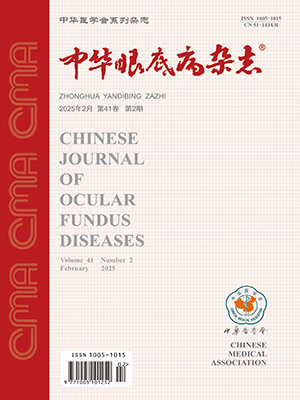Silicone oil is a stable intraocular tamponade widely used in various vitreoretinal surgeries. However, it can migrate into the anterior chamber for various reasons, leading to complications such as pupillary block glaucoma, corneal endothelial decompensation, and keratopathy. The inferior peripheral iridectomy (later referred to as the Ando iridectomy) can allow the aqueous humor from the posterior segment to drain into the anterior chamber, and this drainage exerts pressure on the silicone oil, pushing it back into the vitreous cavity, thereby effectively addressing the complications. The application of the Ando iridectomy has expanded from aphakic eyes to phakic eyes and pseudophakic eyes in recent years, each with specific indications. The diameter of the Ando iridectomy should be ≥ 2 mm. The incision for the Ando iridectomy should be made at the 6 o'clock position at the iris root, at the lower edge of the silicone oil droplet in the anterior chamber, or in the inferior aqueous humor zone. Postoperatively, the Ando iridectomy may close due to inflammation or blood cell blockage. In such cases, it can be reopened using laser photocoagulation, surgical peripheral iridectomy, or needle puncture to restore its functionality. Currently, there is no standardized protocol for the application of the Ando iridectomy in vitreoretinal surgeries, and this warrants further research.
Citation: Jiang Yuqi, Xie Hainan, Huang Houbin. Progress in the application of the Ando iridectomy in vitreoretinal surgeries with silicone oil tamponade. Chinese Journal of Ocular Fundus Diseases, 2024, 40(10): 808-812. doi: 10.3760/cma.j.cn511434-20240520-00200 Copy
Copyright © the editorial department of Chinese Journal of Ocular Fundus Diseases of West China Medical Publisher. All rights reserved




